八月 29 , 2019
Kawagoe city sightseeing
Kawagoe city sightseeing
“Sightseeing in Kawagoe City”
[Tantoku Garden]
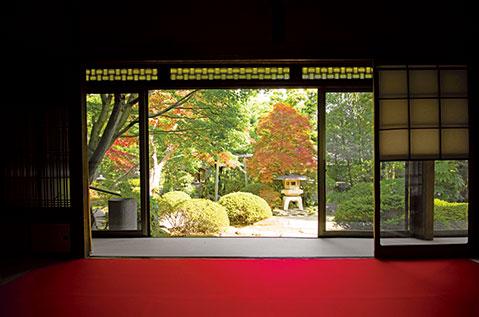
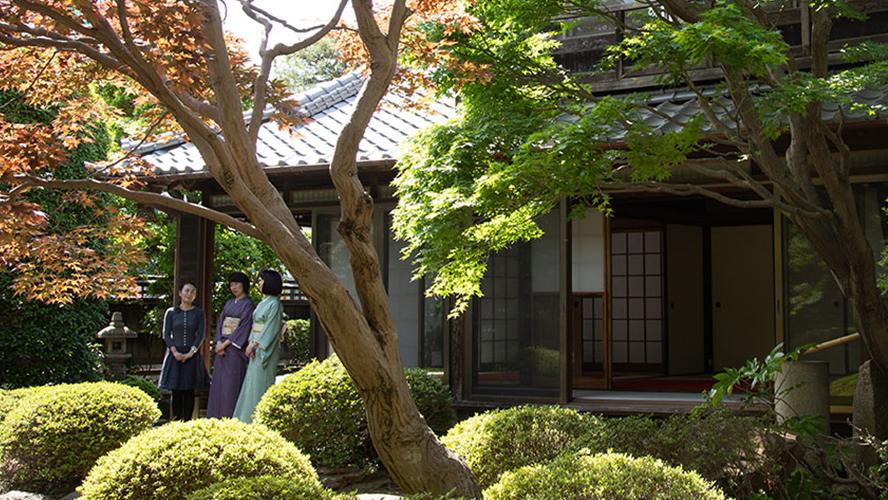
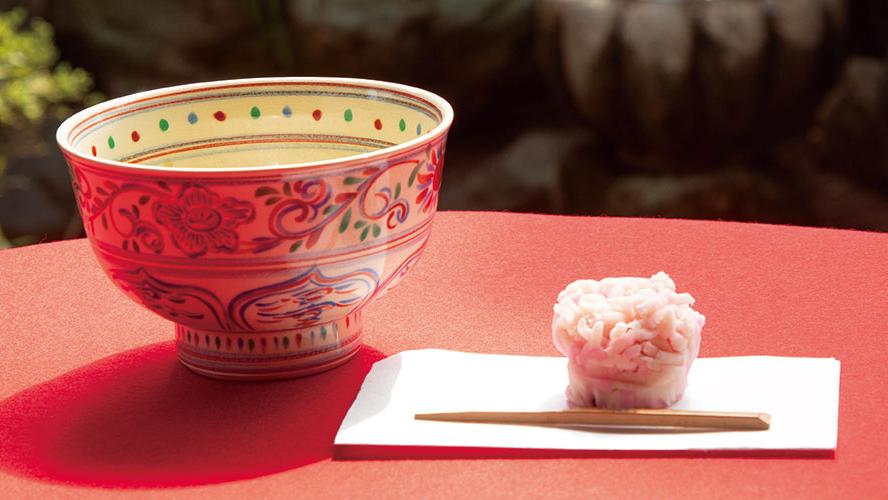
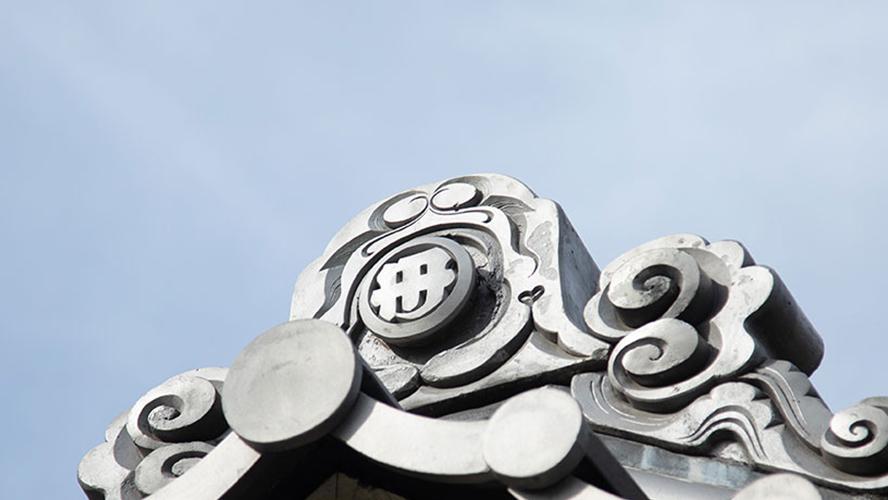
Japanese garden remain Meiji scent of nestled in small Edo Kawagoe
hundred and fifty years of history Kawagoe TanIsao garden
How It Works
Admission 300 yen elementary school following free
tea experience 600 yen sweets with
Hours 10:00 to 15:00 14:30 accepted Exit
Closed Tuesday
Location Kawagoe, Saitama Prefecture Rokuken-cho 1-8-2
TanIsao of history
founder Tokujiro is 1845 years (1845) Iruma-gun, the high village Oaza born in Nitta, was a timber merchant Kajita Kiyoshihidariwe Trained at the gate <Tansei>. Tanbaya, a timber trader who handed over the “tan” of Tansei in 1869 to the marriage of the daughter of Miyo, a tea wholesaler of the Aoyagi digging section in Iruma-gun open.
Later, he became known as “Tantoku” as Tonamiro Tambaya, and became “Tokutoku” in 1876, and he was separated at the age of 56 in Meiji 34 (1901).
The youngest son, Jojiro Tojiro, became the second generation Tokujiro. He also worked in Kawagoe City’s political and business world, and built a purlin when he was 51 in 1929.
From Kawagoe Prince Hotel
7 minutes walk
[Kawagoe Experience Studio Blue Bird]
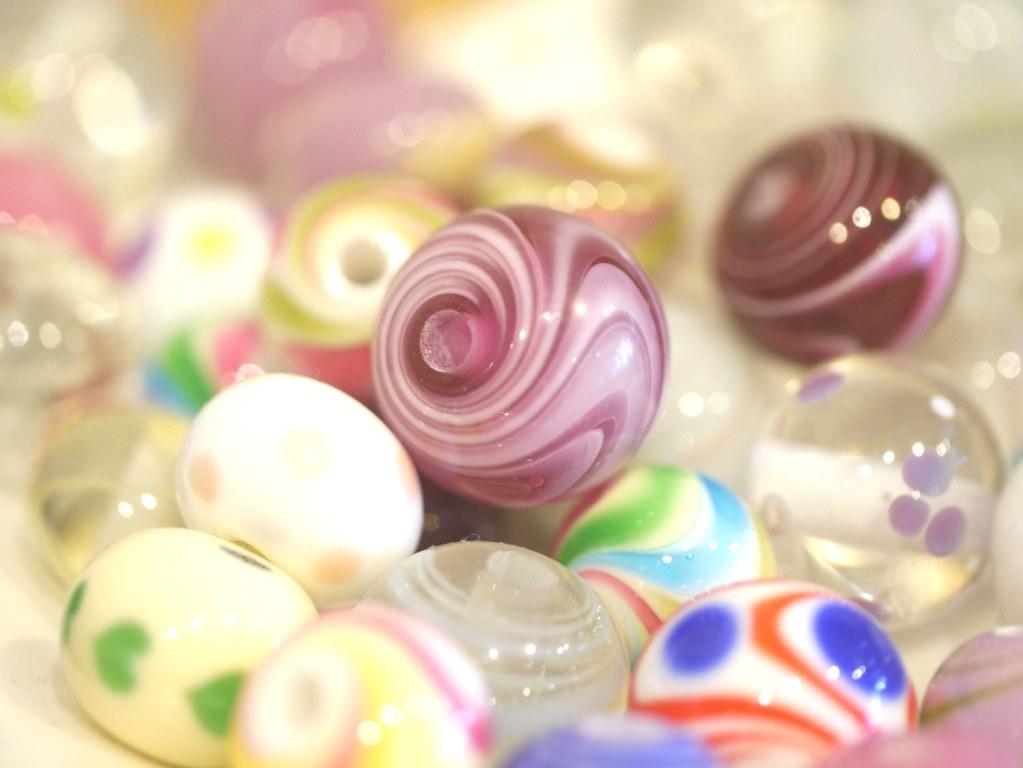
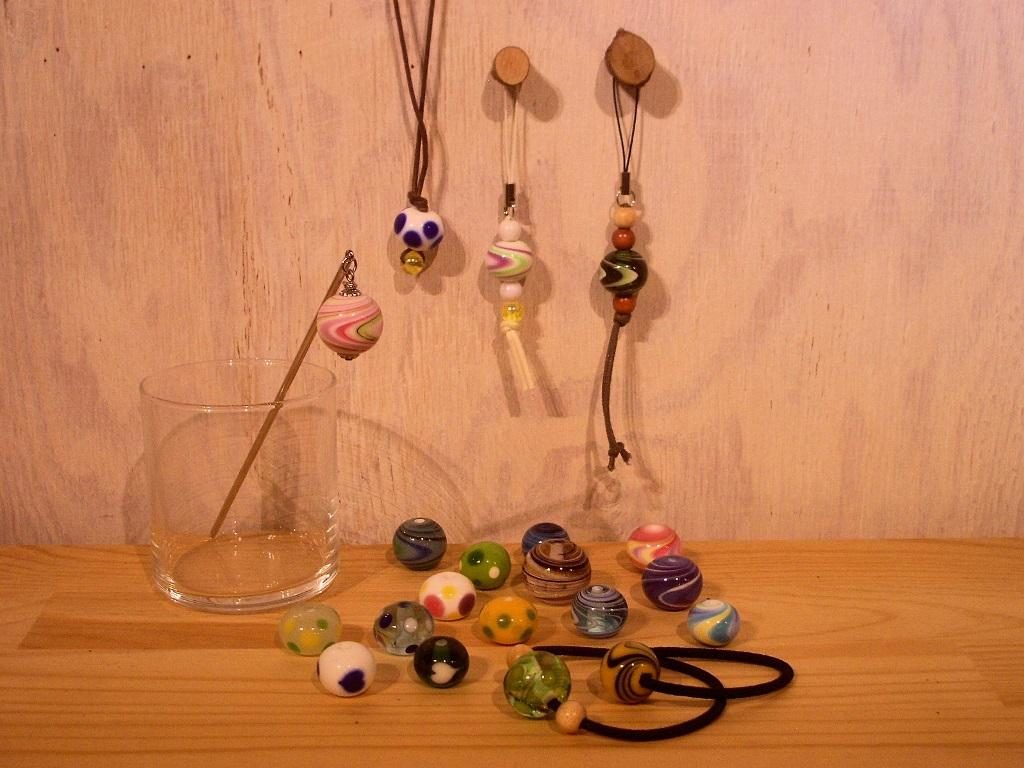
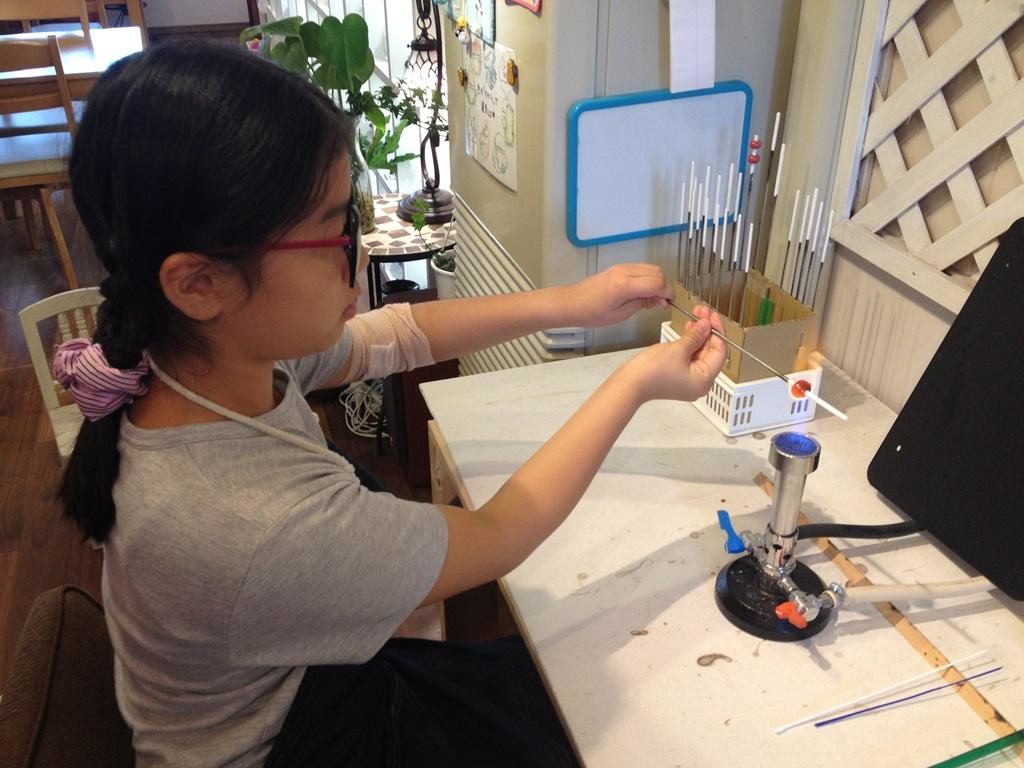
Kawagoe Experience Studio Blue Bird is an experience workshop where you can enjoy making your own creations by hand in the streets of a brewery.
A variety of menus are available, from easy to do for small children to those that can be enjoyed by adults, such as the “Tombobodama Experience” and “Engraved Glass Experience” made by melting glass bars.
Since the staff is attached, even the first person can use it with confidence.
Car ⇒ Immediate
walk ⇒ 9 minutes
Bus ⇒ Please come from the bus stop near the hotel.
[Hikawa Shrine]
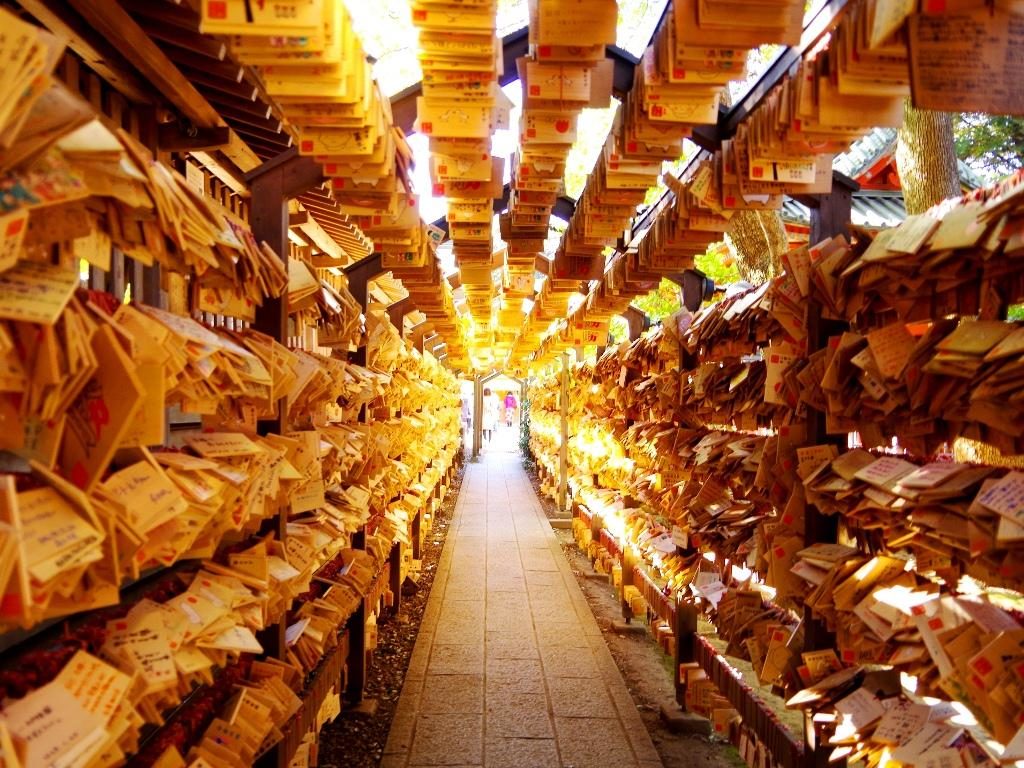
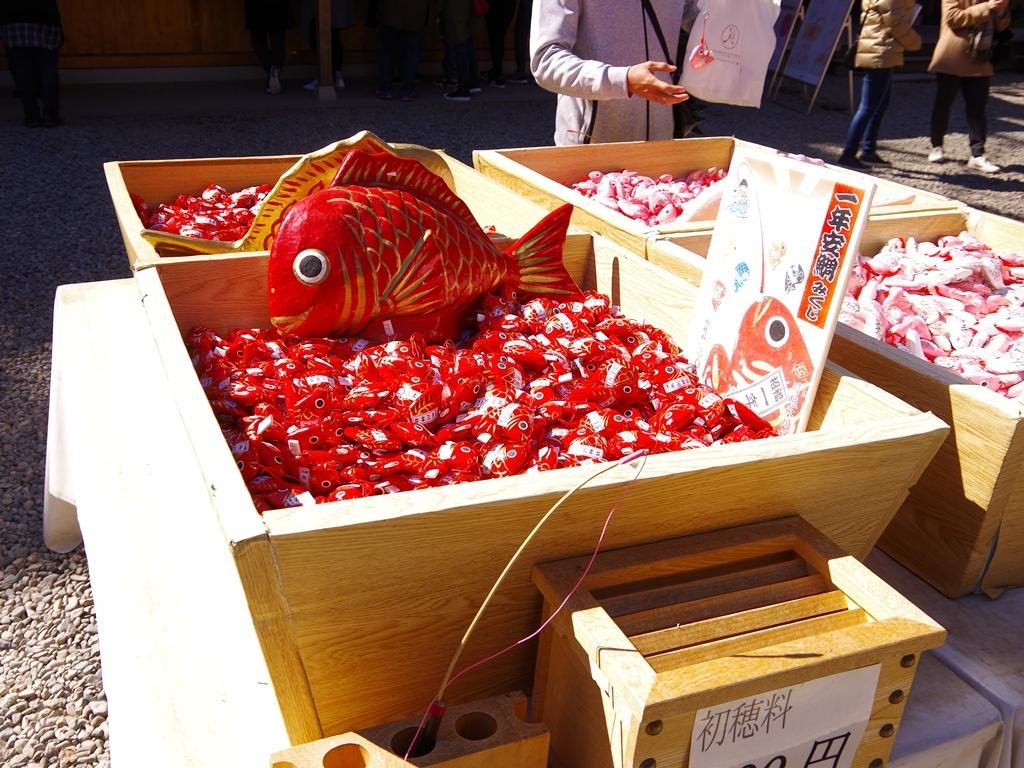
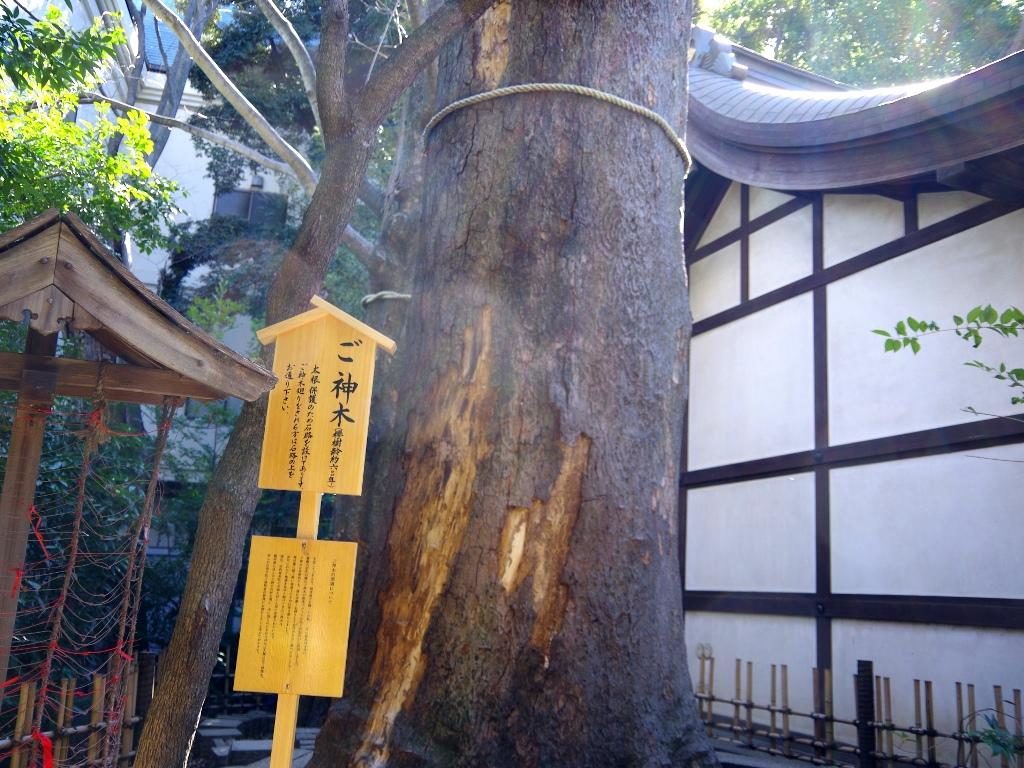
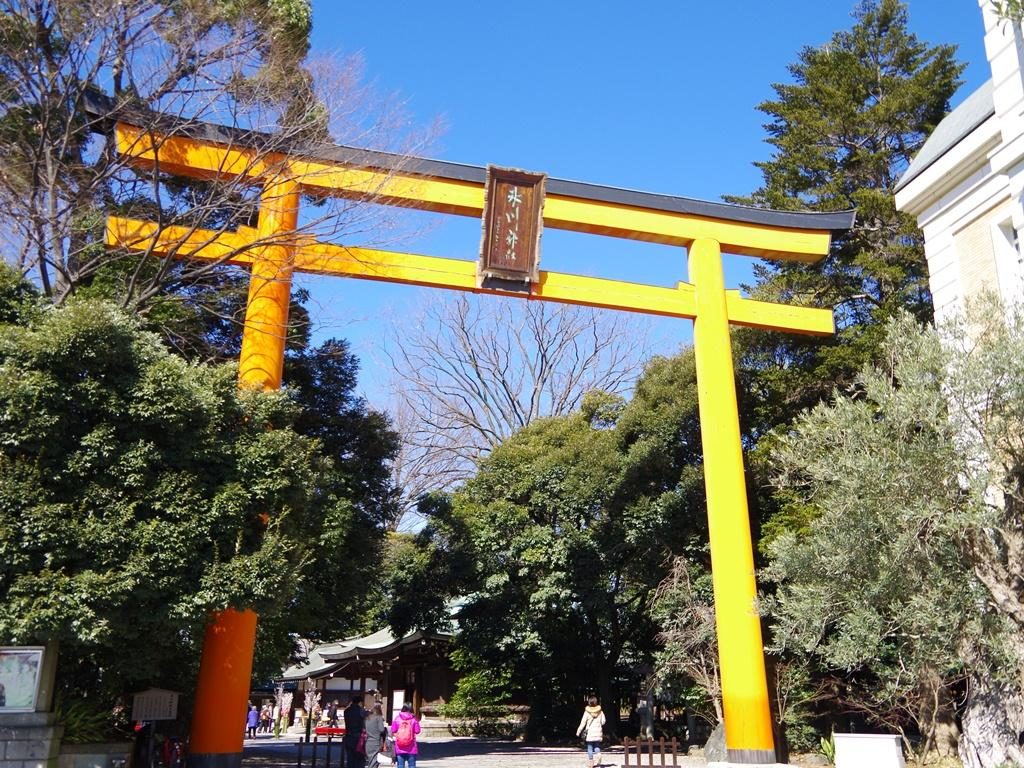
A 15m high Myojin type torii towering on the approach.
The precincts are filled with trees that are over 500 years old, and the gods of the vines buzz in the wind.
The history of the Kawagoe Hikawa Shrine is very old, and it is said that it began in the 6th century when the ancient tomb culture was handed down, and the Omiya Hikawa Shrine, Musashi Ichinomiya, was divided into the era of Emperor Reimei. Since then, Ota Michikan built Kawagoe Castle and has been revered as a local company and has been called “Oikawa-sama”.
Car ⇒
8 minutes on foot
⇒ 22 minutes Bus ⇒ Please come from the bus stop near the hotel.
[Kami-zukuri townscape]
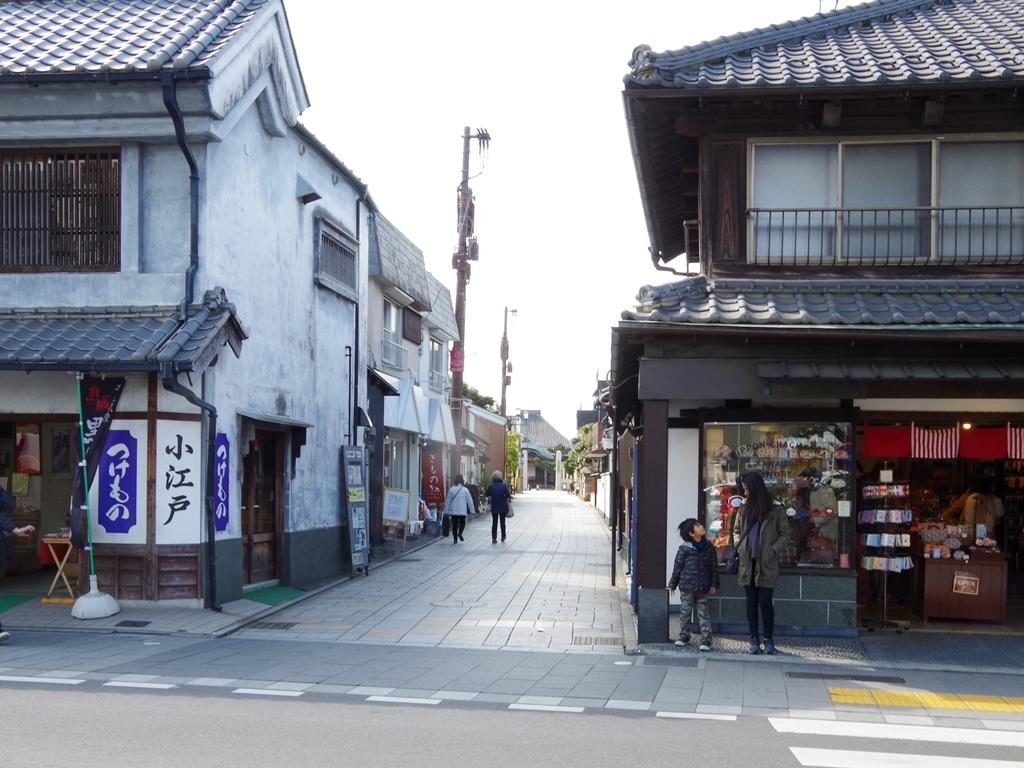
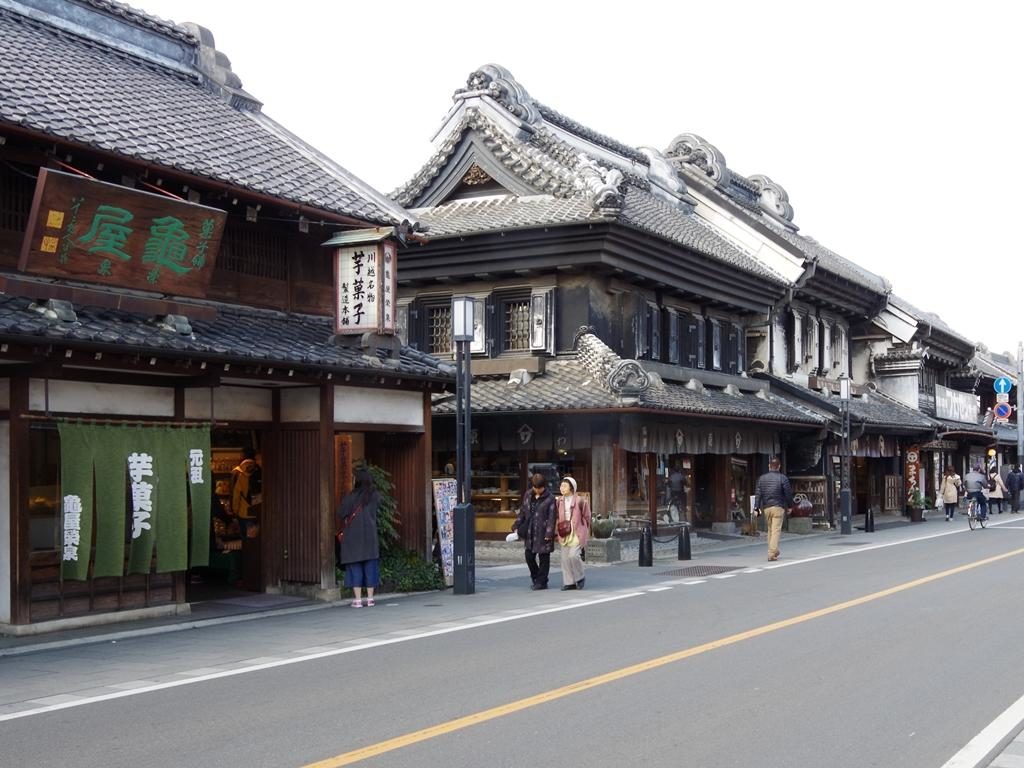
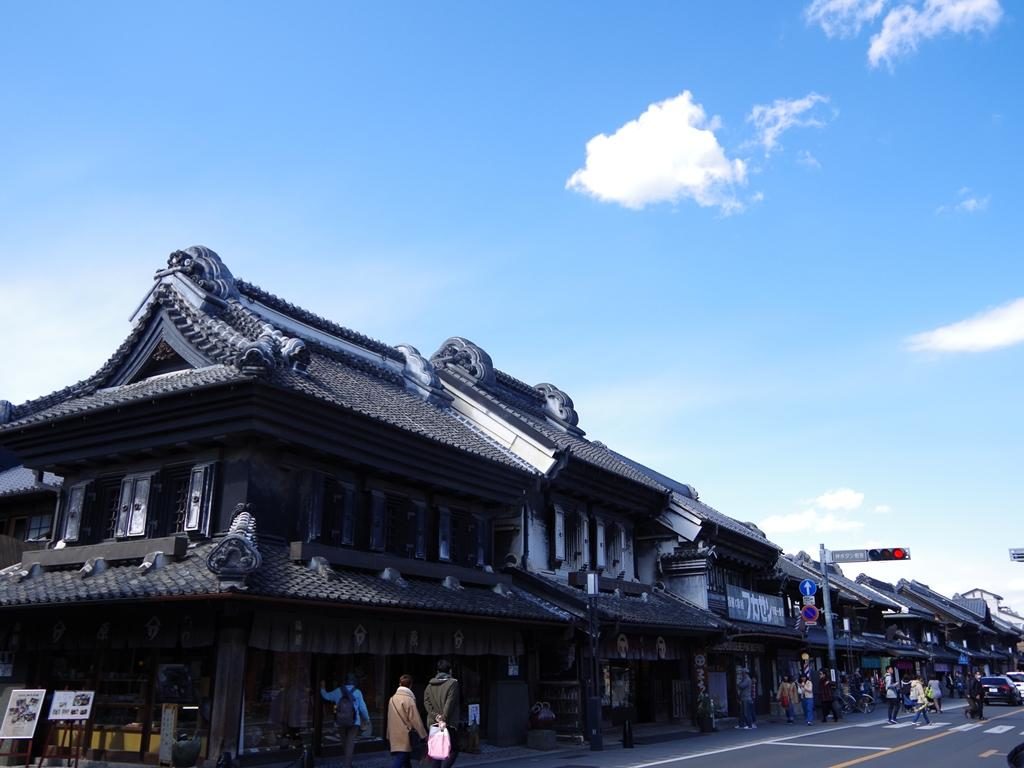
Kawagoe’s storehouse store is famous as the so-called “storehouse storehouse”.
Kura-zukuri is a clever fire-resistant building that prevents wares, and was developed as an Edo townhouse. The outermost area where brewery buildings are lined up retains the features of Edo that cannot be seen in Tokyo today.
In December 1999, it was selected as an important traditional building group preservation district of the country, and in January 2007, it was selected as one of “100 beautiful Japanese historical climates”. Among them, the Osawa house is now an important cultural asset of the country. It was built in 1792 and sold kimono thick goods. It was burned down during the Great Fire of Kawagoe in 1893 (Meiji 26).
Car ⇒ Immediate
walk ⇒ 8 minutes
Bus ⇒ Please come from the bus stop near the hotel.
[Bell of time]
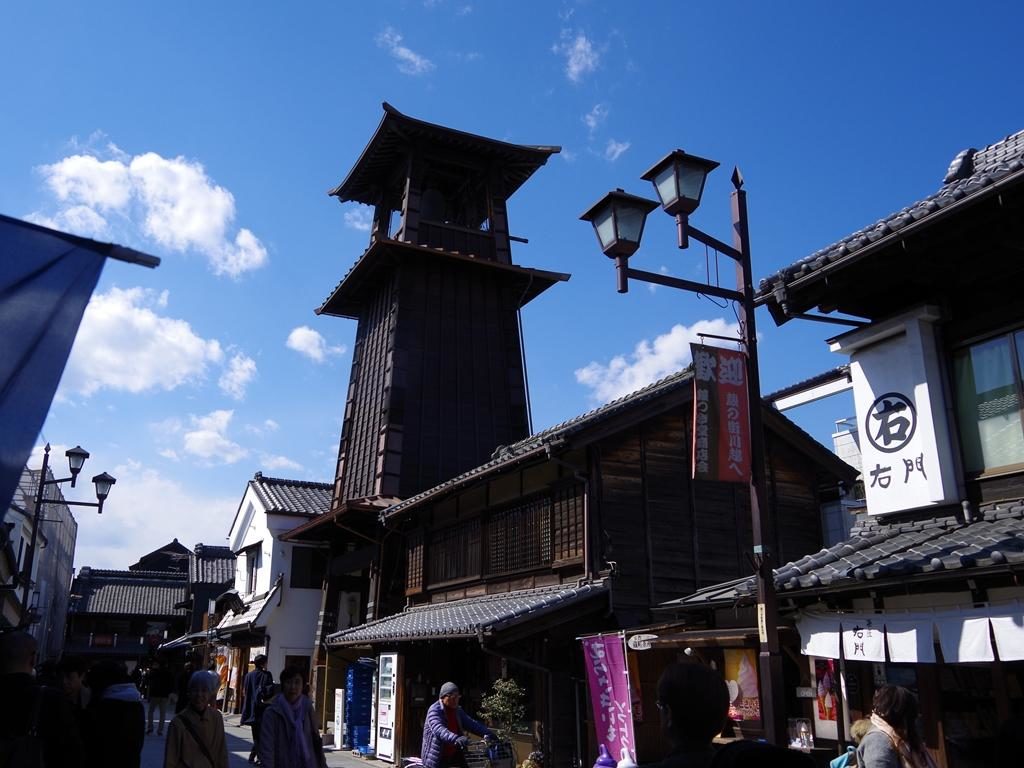
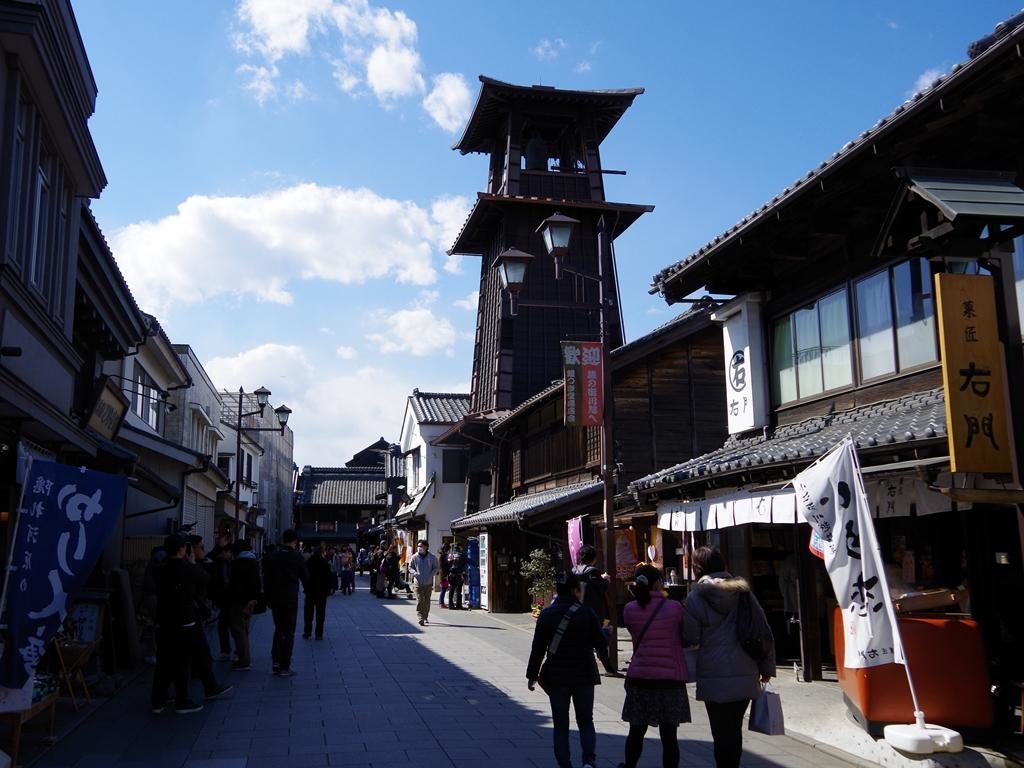
It is a symbol of Kawagoe that has been informing the castle town about 400 years ago.
The height is about 16 meters, almost the same height as the Great Buddha in Nara. The current one is said to be the 4th generation, and it is still informed of the time 4 times a day, 6 am, noon, 3 pm and 6 pm. This sound was selected as one of the “100 Best Sound Scenes in Japan” organized by the Environment Agency (current Ministry of the Environment) in 1996.
Car ⇒ Immediate
walk ⇒ 10 minutes
Bus ⇒ Please come from the bus stop near the hotel.
[Kyokoya Yokocho]
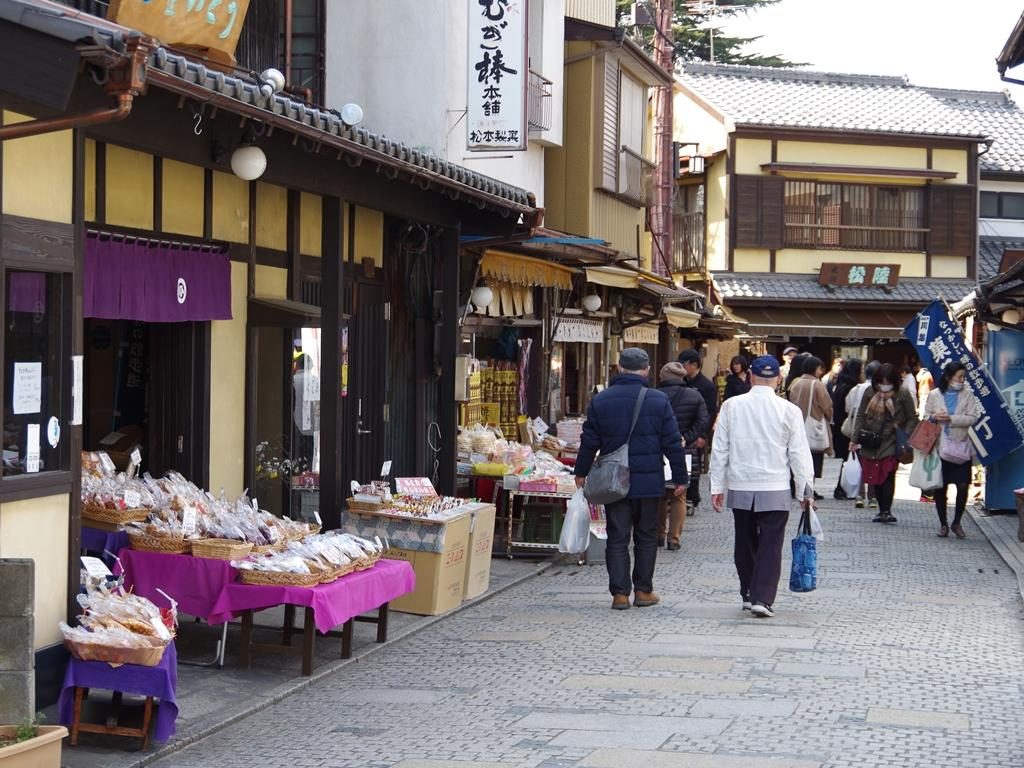
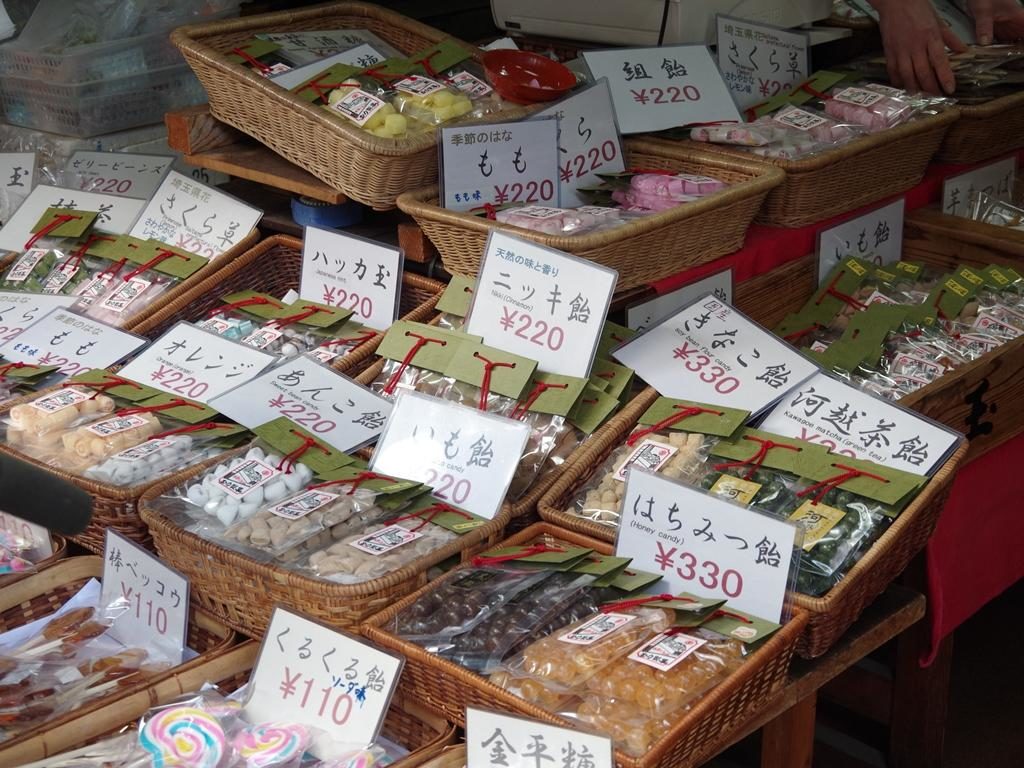
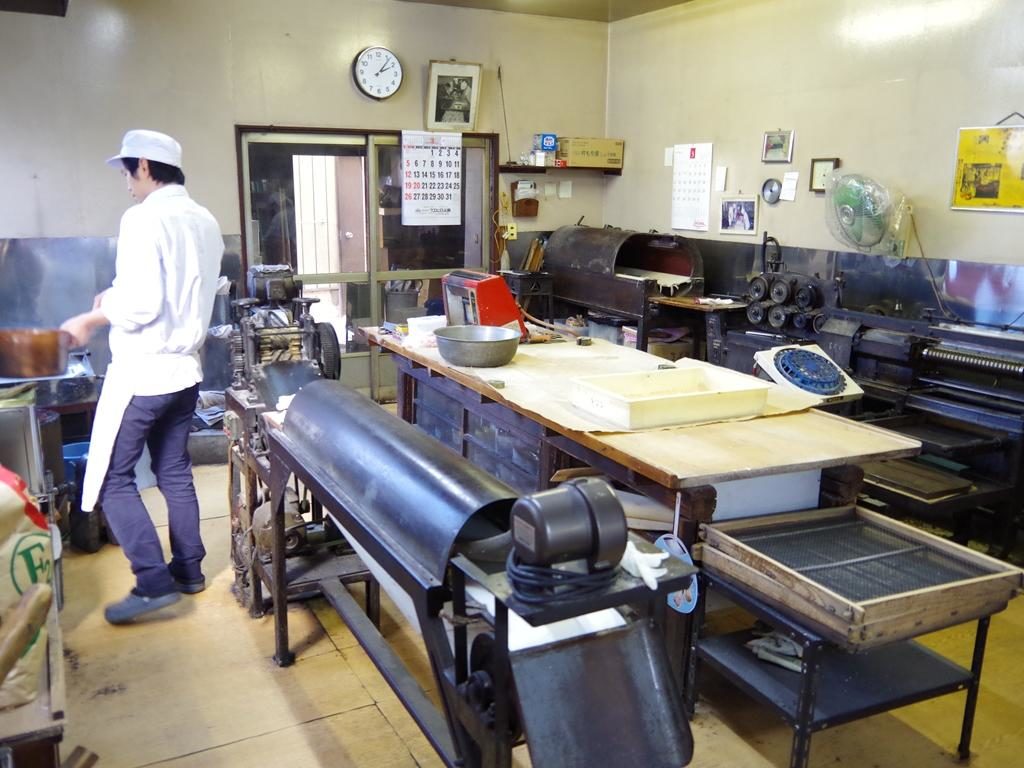
In the early Showa era, more than 70 houses lined up to produce and wholesale many confections.
Even now, more than 20 houses produce and sell crafted candy, and the nostalgic atmosphere is supported by many people. In addition, the scents of peppermint, candy, and grilled dumplings in Yokocho were selected as one of the “100 Best Kaori Landscapes” sponsored by the Ministry of the Environment in 2001.
Car ⇒
Walk on foot ⇒ 12 minutes
Bus ⇒ Take a bus stop near the hotel.
【Kawagoe Castle Honmaru Palace】
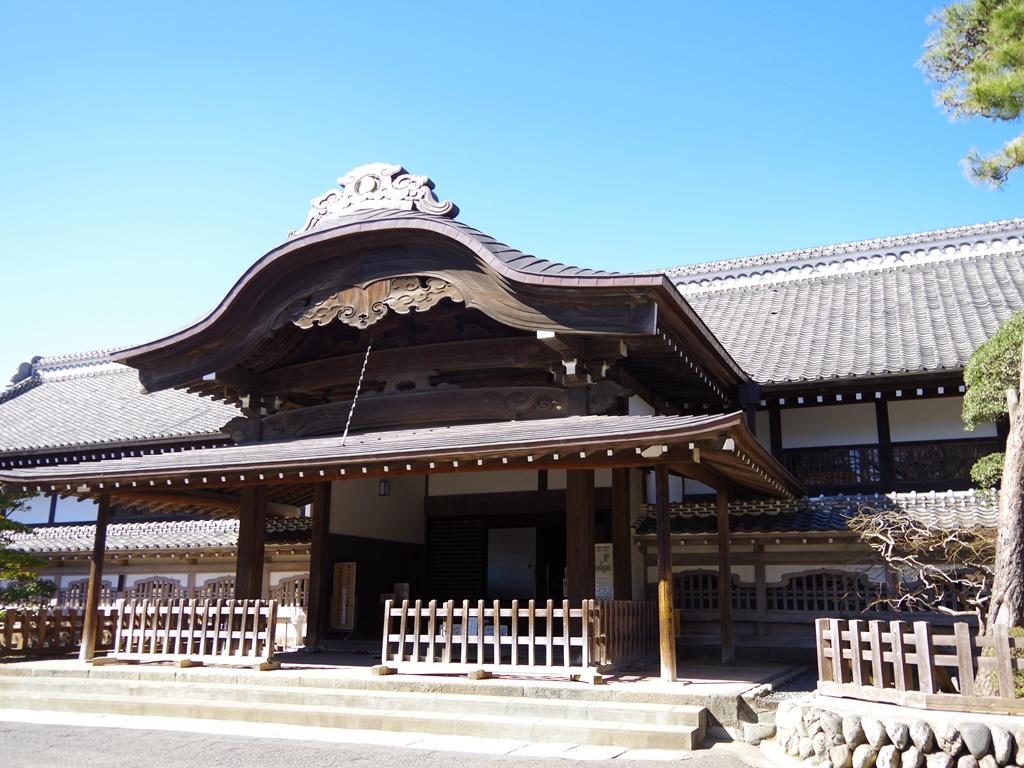
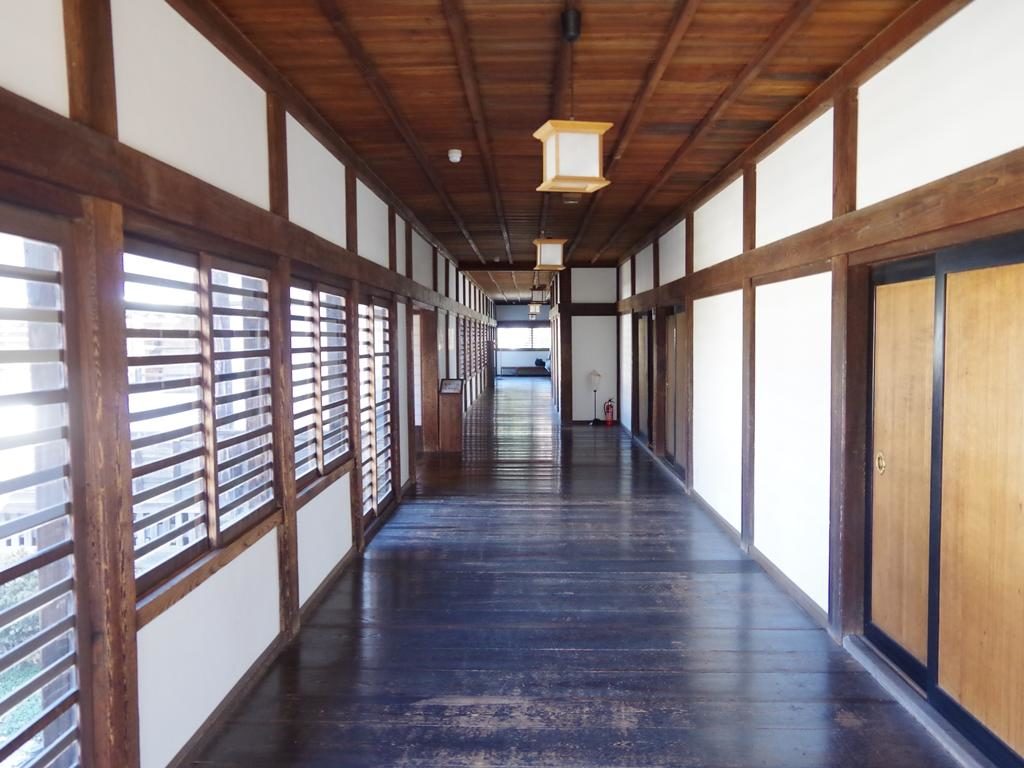
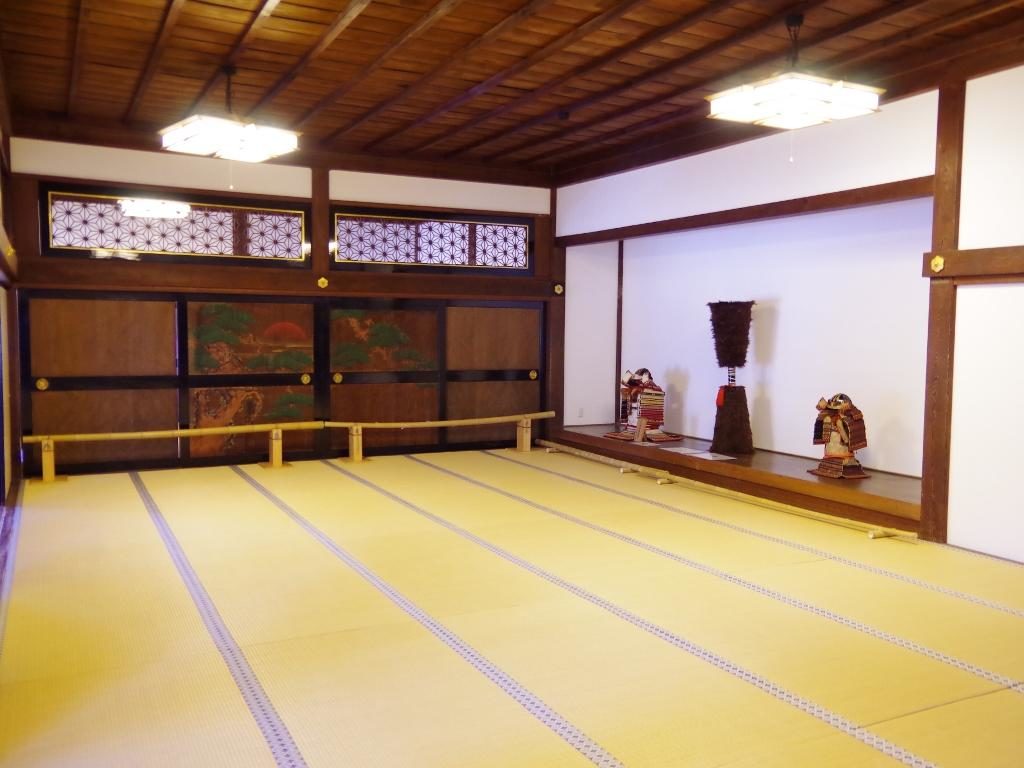
Kawagoe Castle was built in 1457 in the first year of Nagahama (1457) by ordering his vassal Michimasa Ota and Dazai Oji to oppose Mr. Ashikaga Ashikaga from the Furukawa public. Later, in the Edo period, Daisho of the Shogunate heavy duty was placed, but it was gradually dismantled after the Meiji Restoration, and most of it became schools, public facilities, and residential areas. At present, the entrance of Honmaru Goten, built in 1848, and the rebuilt and restored house old house remain, so you can remember the past.
Car ⇒
8 minutes on foot
⇒ 22 minutes Bus ⇒ Please come from the bus stop near the hotel.
[Koryo Shrine]
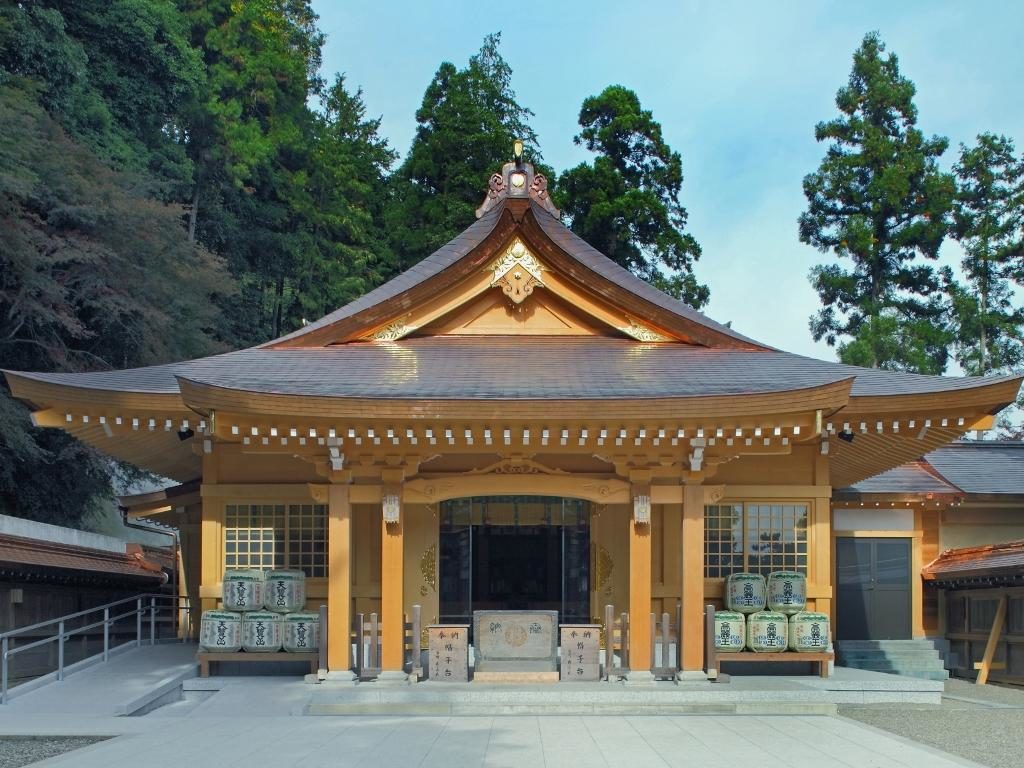
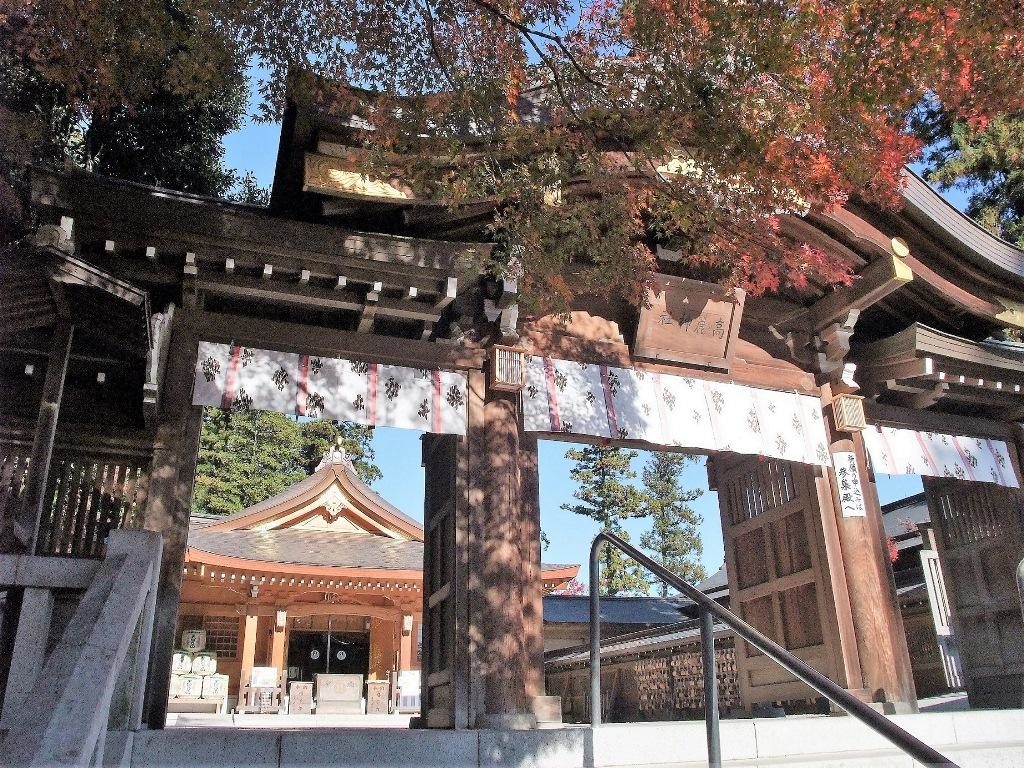
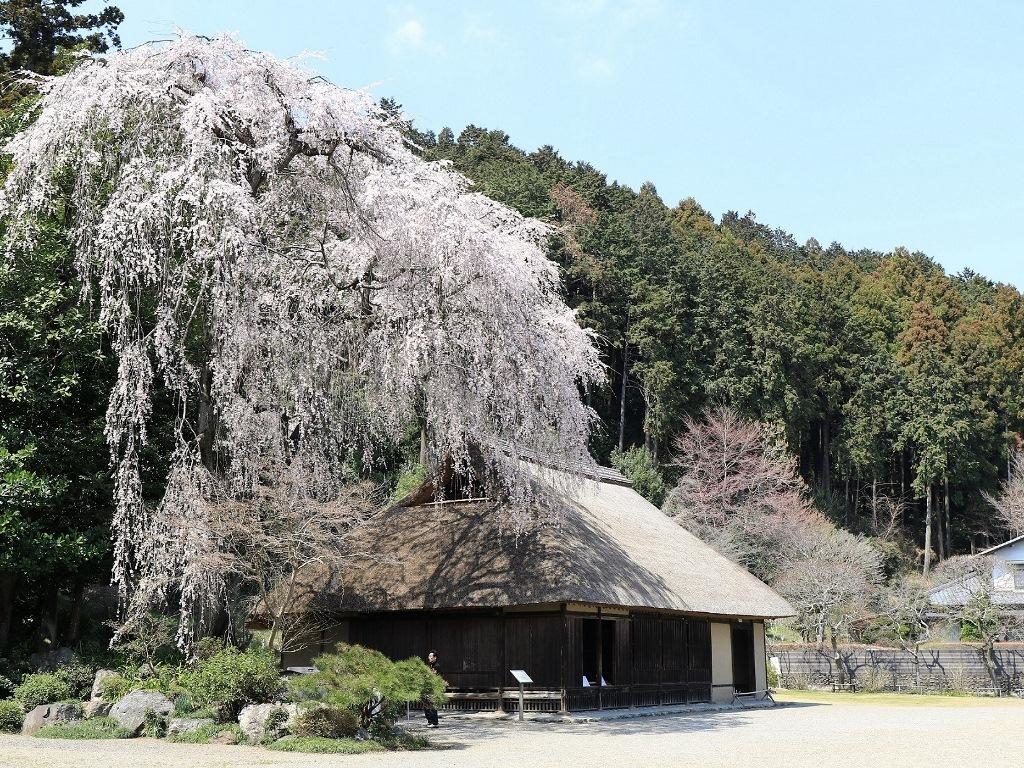
The Goryeo Shrine is a shrine dedicated to the Koguryo King Wakamitsu, the royal family of Goguryeo who led the development of Goryeo County about 1300 years ago. It is said that the “descendant prosperity” is beneficial because the younger descendant of Wakako, who is in his 60s, now serves as Miyaji. In addition, six prime ministers were born from the politicians who worshiped, and they are also called “Seijin Myojin”.
In the precincts, there is a general sign (Shogun-Hyo-Chanceon) built as an amulet based on the customs of the Korean peninsula, and you can see a side where you can feel the connection between Japan and Korea.
Behind the shrine is a thatched-roof country-designated important cultural property, the Goryeo residence, which is visited by many tourists, and 700,000 people visit annually.
Car
⇒ 35 minutes on foot ⇒…
Train ⇒53 minutes
[National Musashi Hills Forest Park]
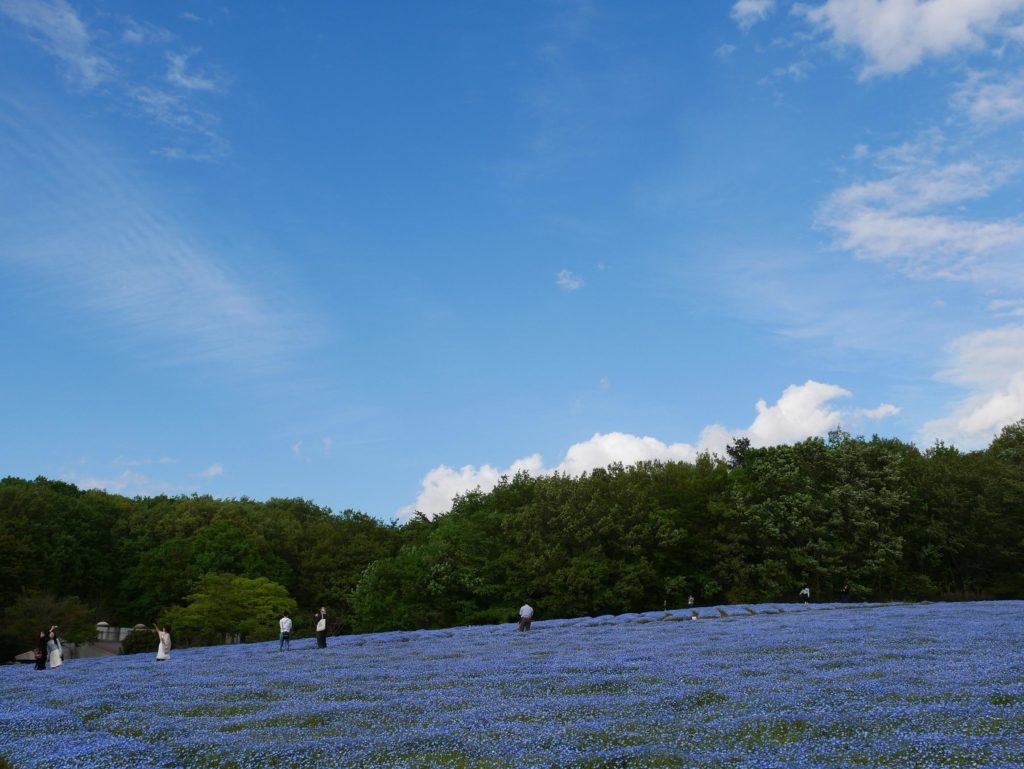
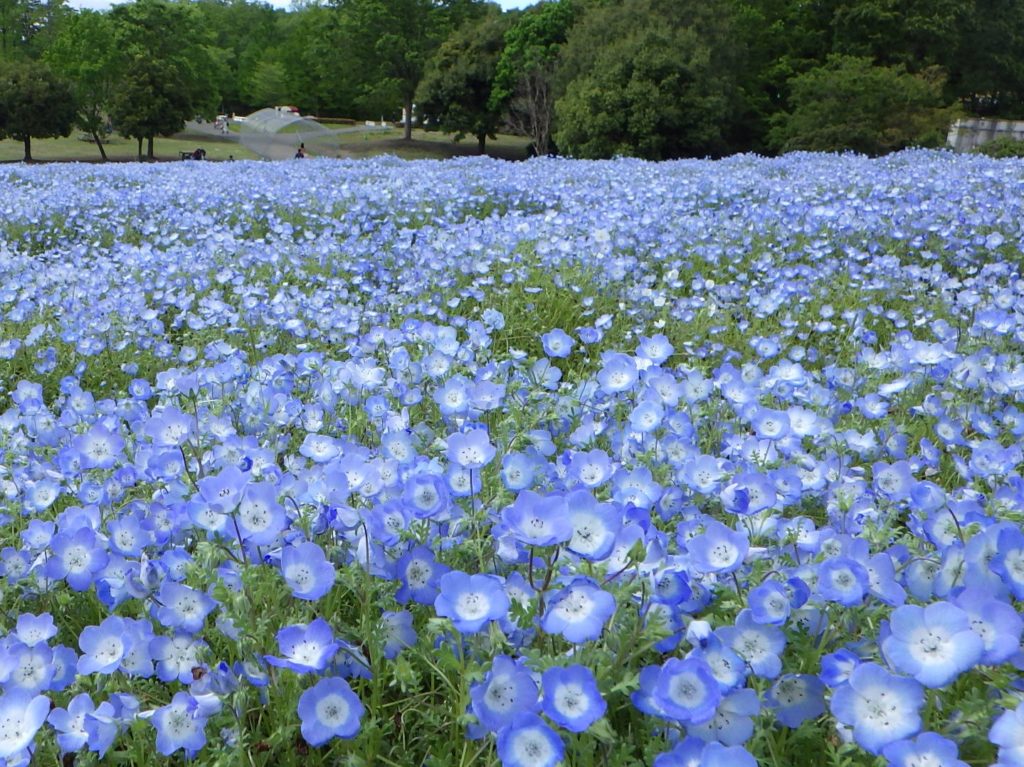
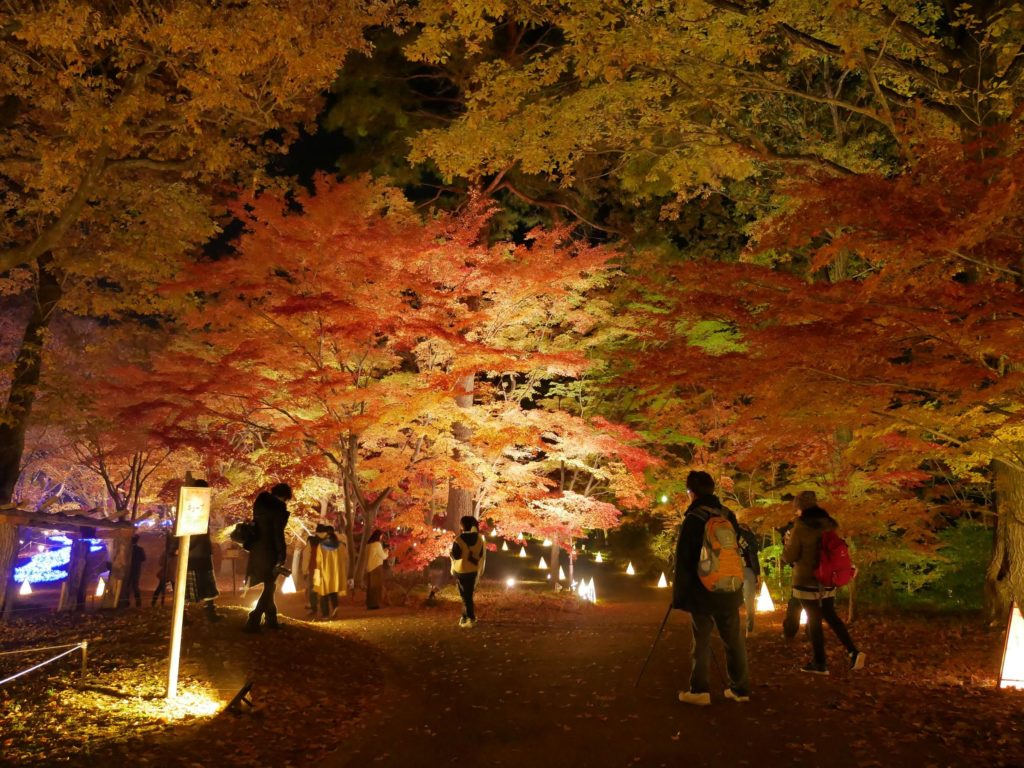
Saitama Prefecture Namerikawa Town’s National Musashi Hills Forest
Park is the first national park in Japan that opened in 1974 as part of the Meiji Centenary Memorial Project .
In the vast garden of about 65 Tokyo Domes, you can enjoy seasonal scenery, trees and flowers.
Poppy and nemophila are recommended in the spring, mountain lilies and petunias in the summer, feather gates and autumn leaves in the autumn, and grapes and plums in the winter. Activities such as
Japan’s largest air trampoline “Pompoko Mountain”, water playground,
athletics, bicycle rental, and Segway tours.
There are also two restaurants and a BBQ venue.

